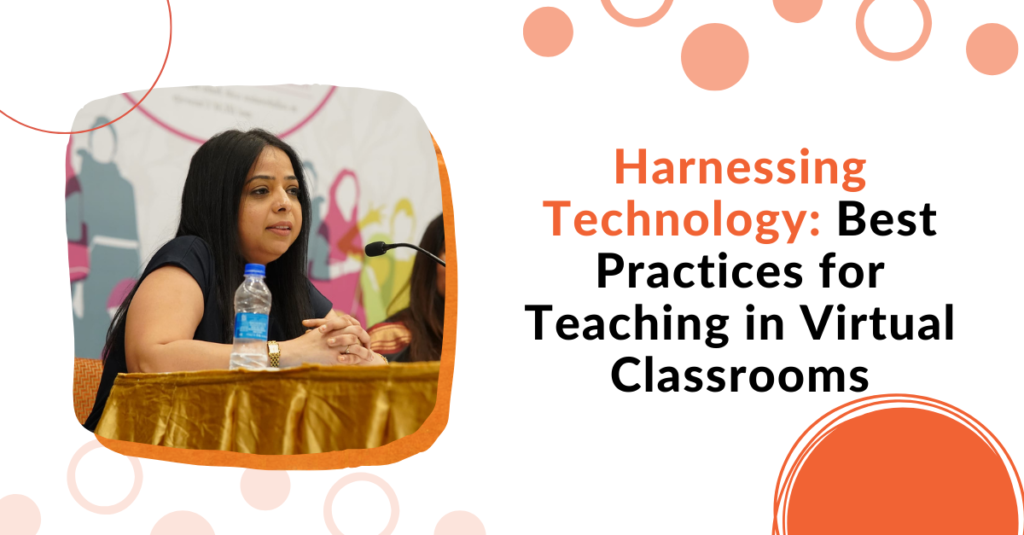As an educationalist deeply invested in the integration of technology into teaching practices, I find myself constantly exploring the vast landscape of virtual classrooms. In this article, I aim to share some insights into how technology can be effectively utilized, the pros and cons associated with its use, and what considerations educators should bear in mind when navigating the virtual realm of teaching.
Technology offers a plethora of tools and resources that can enhance the learning experience in virtual classrooms. One of the key benefits is the accessibility it provides, allowing students from diverse backgrounds to participate in learning activities regardless of their physical location.
Platforms such as Zoom, Google Meet, or Microsoft Teams facilitate real-time interaction, enabling seamless communication between educators and students. Additionally, collaborative tools like Google Docs and Padlet foster engagement and encourage collaborative learning among students.
Another advantage of technology in virtual classrooms is the ability to personalize learning experiences. Educational software and applications can be tailored to meet the individual needs and learning styles of students.
Adaptive learning platforms, for instance, adjust the content and pace of instruction based on students’ performance, ensuring that each student receives targeted support and feedback.
However, it is essential to acknowledge the challenges and limitations associated with the integration of technology in teaching. One of the primary concerns is the digital divide, wherein students from disadvantaged backgrounds may lack access to the necessary technology and internet connectivity.
As educators, we must strive to bridge this gap by advocating for equitable access to technology and providing alternative resources for students facing barriers to online learning.
Moreover, the overreliance on technology can sometimes lead to disengagement and distraction among students. The allure of social media and other digital distractions may divert students’ attention away from learning activities.
Therefore, it is crucial to strike a balance between utilizing technology as a tool for learning and promoting offline activities that foster critical thinking and creativity.
When harnessing technology in virtual classrooms, educators must be mindful of several key considerations. First and foremost, maintaining clear communication channels is essential. Providing students with detailed instructions, schedules, and expectations helps minimize confusion and ensures a smooth learning experience.
Additionally, educators should regularly assess students’ technological proficiency and provide necessary support and guidance to address any challenges they may encounter.
Furthermore, fostering a sense of community and belonging is vital in virtual classrooms. Implementing icebreaker activities, group discussions, and collaborative projects helps build rapport among students and cultivates a supportive learning environment.
Encouraging active participation and providing opportunities for students to voice their opinions and ideas fosters a sense of ownership and engagement in the learning process.
In conclusion, technology holds immense potential for transforming teaching and learning in virtual classrooms. By leveraging the myriad tools and resources available, educators can create dynamic and interactive learning experiences that cater to the diverse needs of students.
However, it is essential to approach the integration of technology with careful consideration and mindfulness, ensuring equitable access, maintaining clear communication, and fostering a sense of community among students. With these best practices in mind, educators can harness the power of technology to facilitate meaningful and engaging learning experiences in virtual classrooms.






